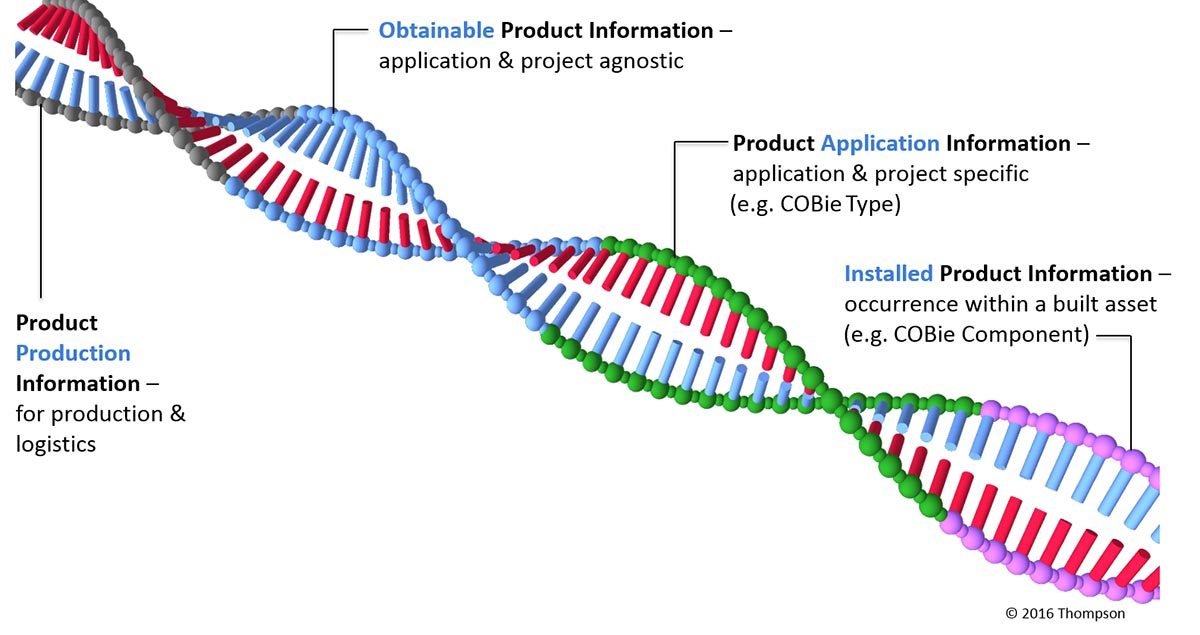LEXiCON provides a world-first opportunity for the industry to share product data consistently, using a plain language dictionary developed by relevant industry bodies. PCSG’s Senior Consultant and Vice Chair of BIM4M2, Steve Thompson explains more
The UK Government’s BIM Level 2 programme has prompted a major cultural shift across the entire construction supply chain and created a new awareness of data and the commercial opportunities that its effective use now presents.
For product manufacturers, these opportunities are particularly clear. The use of BIM enables product information to be shared across both project teams and supply chains, faster and in more accessible forms than ever before. The benefits are beginning to be realised. Manufacturers are seeing that embracing data and information modelling not only improves their internal operations but also enhances their ability to share information and increase collaboration across the whole supply chain and asset lifecycle.
As ever, there have been early challenges – exactly what information should be shared, which format or template is best used to distribute data?
Enter LEXiCON, a new industry-led initiative designed to boost data consistency and interoperability across the sector. By helping to improve collaboration and exchange of information, it enables the efficient flow of quality information on products and systems throughout the entire asset lifecycle.
Essentially that means breaking away from the common approach of organisations sharing BIM information by “throwing it over the wall” without necessarily knowing how the information is used on the other side. Or how they and others can collaborate to get greater value from sharing that information.
LEXiCON is truly a world first and grew out of the Product Data Definition document which was published by the UK Government’s BIM Task Group in April. This document defined a methodology to enable information to be requested and provided in common, plain language terms and exchanged consistently by mapping to core properties. LEXiCON is the implementation of this methodology.
As Vice Chair of BIM4M2, and having authored the Product Data Definition document it’s great to see LEXiCON gaining traction both in the UK and internationally. Through the European Standards Committee working on data dictionaries, we are now working closely with other countries to provide a consistent approach across Europe and beyond. In the UK, industry has started to engage with LEXiCON over the past few months, with support from across the industry built environment value chain. A full launch is expected in the coming months to enable full capability and free access through the CPA website.
The new initiative is led by the Construction Products Association (CPA), with support from BIM4M2 and the BIM Task Group. The software has been developed by BRE and ActivePlan.
LEXICON – A simpler way to share information
It’s clear that not everyone wants or needs the same information on a product, and so LEXiCON considers the source of different information requirements, enabling users to select which type of information to share. The sources of information are broken down into:
· Essential Requirements for the Harmonised European Standards (hENs) as required by the Construction Product Regulations. (At launch LEXiCON will include the requirements for over 540 product types, kindly provided by coBuilder);
· Requirements from other Standards;
· Industry recognised documents;
– Mandated – such as NRM for Chartered Surveyors, or specific sector requirements;
– Non-mandated – recognised documentation that is used or specified, such as a trade association’s technical guidance;
· Industry agreed – terms agreed by the Relevant Authority as suitable for a given purpose;
· User-defined – additional terms can be proposed by any registered user, for approval by their relevant authority.
The concept of LEXiCON is to create so-called Product DNA – information that stays with a product and is added to through a product’s lifecycle (see image below).
 Right now there are a number of methods for defining information requirements for products. However, from a manufacturer’s perspective, it is difficult to provide information in the number of different formats to meet everyone’s needs, and to keep the information up to date, leading to the potential for inaccurate or incomplete information. Introducing Product DNA tackles this problem.
Right now there are a number of methods for defining information requirements for products. However, from a manufacturer’s perspective, it is difficult to provide information in the number of different formats to meet everyone’s needs, and to keep the information up to date, leading to the potential for inaccurate or incomplete information. Introducing Product DNA tackles this problem.
To achieve this LEXiCON focuses on the language that should be used and makes it simple and consistent and provides the tools to enable users to easily select which information they need, and in which format.
In short, the language used needs to be accessible and easily understood by everyone who is either requesting or providing information. If you need information, you should be able to ask for it in a language that you are familiar with such as “I want this amount and type of space” or “I want to achieve this performance”.
Similarly, if you are providing information you should be able to provide it to customers in a language and form you are familiar with such as by saying “my product spans 8m” or “this detail achieves an improvement of 5dB over building regulations” or “here’s my Declaration of Performance”.
And having asked these questions in plain language, the LEXiCON dictionary tool is able to translate between the request and the response by mapping to core properties. However, since most of us don’t need to know or see how this is done, or the ins and outs of IFC or COBie, all of this work is conveniently done “under the hood” without human interference and so reducing the risk of errors and poor quality data.
It is important that both the request and response use real-world definitions, and where possible come from existing recognised sources, such as British or International standards, specification or costing systems or as defined by a specific industry body.
This approach is intended to increase the accessibility of product information for both those requesting and those providing information. The concept also enables information to be defined for any point in the lifecycle, meaning that information sets can be created between the key information exchanges within a project and used to track changes in specifications and responsibilities.
For example, the tools identify the particular role, say manufacturer or installer, who should provide information in response to a question, and also identify who has completed the information, so every response has an identified owner.
In addition to products, systems and elements, the approach can be applied to interfaces such as the junctions between walls and floors, or walls and roofs. By linking existing common terminology to open exchange standards such as IFC 4 (Industry Foundation Classes), the information from different asset lifecycle stages and granularity can be mapped to relevant information requirements at a product level.
For example, the need at an early stage for a large clear span space can be mapped to structural systems that are capable of achieving the requirements later in the specification/delivery phase.
In many ways, the key to LEXiCON is the governance behind it – making sure that the terms used are approved by the industry and can be used with confidence that they can be exchanged accurately. The terms and templates are governed by relevant authorities – industry bodies such as trade associations, with the technical expertise to ensure the correct terminology is used. Already, over 70 percent of UK trade associations are signed up to become relevant authorities, along with other industry bodies, ranging from professional institutes to plant hire associations and private clients. So while data dictionaries and product templates exist elsewhere, this is the first time we have seen such broad industry engagement and governance. LEXiCON is used to share common terminology, mapped through open standards, and to create industry-approved templates for sharing product data.
The tools and templates created in LEXiCON can be used across different software platforms thanks to the common language, so that information can be requested to the level of detail or quantity that suits the purpose. If only one line of data is required to answer a question, one line of data can be requested, and the response can be tracked to include who has provided the response.
And by using GUIDS (Globally Unique Identifiers) for each property, information can be shared between different actors and software packages, and enable data to be either included in, linked or separated from the geometrical model. ■
To find out more about the LEXiCON, please contact the CPA on www.constructionproducts.org.uk or BIM4M2 on www.bim4m2.co.uk
Steve Thompson
PCSG Senior Consultant
PCSG

















